Automotive history is full of examples of manufacturers producing special edition vehicles. Some celebrate milestones for a marque or model, while others mark a historical event. Companies also make vehicles recognizing sporting events, with the Indy Pace Car Editions being a notable example. Less recognized is the 1984 Chevrolet Camaro Winter Olympic Edition. Produced in limited numbers, it celebrated the 1984 Winter Olympics, held in Sarajevo, Yugoslavia. This one is a tidy classic with no apparent needs beyond a new home. It is listed here on Craigslist in Rock County, Wisconsin. The seller set a price of $7,900, and I must say a big thank you to Barn Finder Rocco B. for spotting this rare classic.
Before we delve too deeply into this Camaro, I acknowledge we have seen it before at Barn Finds. It was previously covered in this excellent article by our own Bruce Johnson, but a few things have changed, which may increase its attractiveness to potential buyers. Chevrolet introduced the Winter Olympic Edition during the final two months of 1984 Camaro production as RPO Code 1A3 on the base Sport Coupe model. It was essentially a cosmetic pack that brought White paint and some distinctive stripes and decals. The orange and blue stripes run around the lower front spoiler, lower body extremities, and rear bumper. A second set begins above the headlamps, running along the side of the car below the window line, before following the line of the glass up the B-Pillar. There are also decals on the pillar featuring the Olympic rings and the official symbol for the 1984 games. The overall presentation of the car is impressive for an unrestored vehicle, with no significant flaws in the panels or paint. The seller notes three small bubbles that don’t show in the photos, but they believe addressing them should be easy. The graphics and stripes look pretty crisp, which brings us to a point worth considering. The relative rarity of this classic could present challenges if the new owner elects to undertake a faithful repaint. An admittedly brief online search failed to uncover replacement vinyl. If someone wants to refresh this vehicle, they may need to have the graphics kit custom-made. The plastic components and wheels look nice, and there are no visible glass issues.
This Camaro’s interior is another aspect of the car that makes a positive impression. Camaro interiors from this era often look tired and worn, but this one is remarkably well-preserved. It features cloth upholstery that shows no signs of wear or deterioration, while the vinyl and plastic are excellent. There are no dash cracks or nasty surprises, and the CD player appears to be the only addition. The original owner ordered the Camaro with air conditioning, cruise control, and a tilt wheel. The seller recently replaced the A/C compressor and dryer, recharging the system with R134a refrigerant, so it blows ice-cold.
The mechanical configuration of this Camaro is unlikely to set pulses racing, but it does deserve respect. Powering this classic is the 2.8-liter V6 that sends 107hp to the rear wheels via a four-speed automatic transmission. The journey down the ¼-mile should take 19.3 seconds, with the V6 running out of breath at 111mph. It is worth placing those figures into context to understand how the Camaro evolved during the 1980s. Chevrolet ended Second Generation Camaro production in 1981, with buyers able to order their car featuring a 3.8-liter V6 that produced 110hp. However, that car weighed 300 lbs more than our feature car, meaning the ¼-mile ET was a leisurely 20 seconds, and the top speed was 108mph. Not only was the 1984 model faster with a smaller engine, but it achieved the feat while offering a 25% improvement in fuel consumption. The improvements can be attributed to the lower vehicle weight and vastly improved aerodynamic efficiency of the Third Generation models. The seller recently invested money to ensure the car is in excellent mechanical health for its new owner. They replaced the tie rod ends, the center link, and installed Monroe struts and matching rear shocks. They fitted a new alternator, map sensor, and battery, rotated the tires, and completed a fluid flush and a full service. The Camaro runs and drives nicely and is ready to hit the road with a new owner behind the wheel.
Chevrolet produced 261,591 examples of the Camaro in 1984, but only 3,722 were the Winter Olympic Edition. It is unclear how many survive, but scouring the current classic market only uncovers a couple for sale. This one is a tidy survivor and offers an affordable alternative to the more common Z28 or Berlinetta. It is worth noting that the last time this car appeared on our pages, the seller set a price of $9,800. The current figure marks a significant price drop, so if you missed out the first time and regret that decision, this could be your second chance that keeps a bit of cash in your wallet.
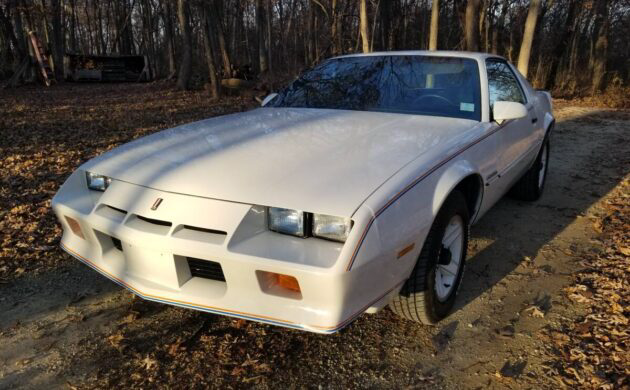
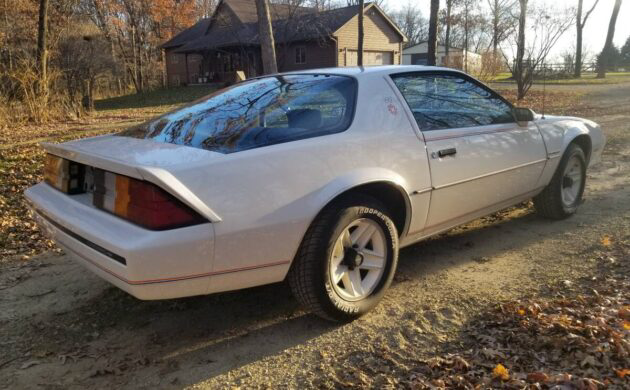
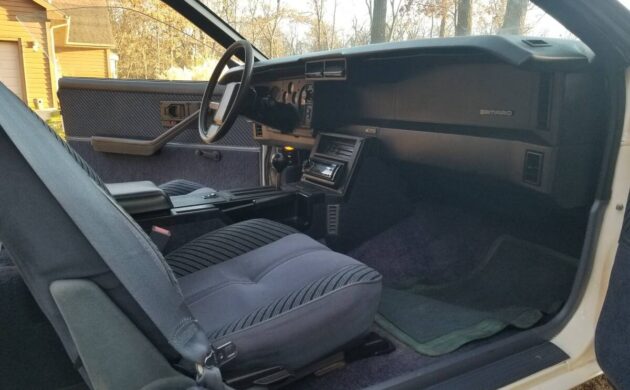
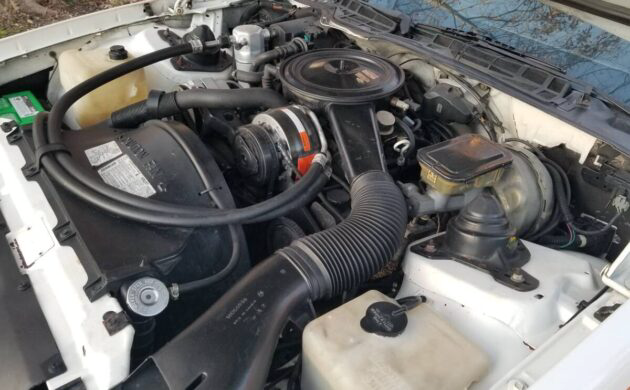
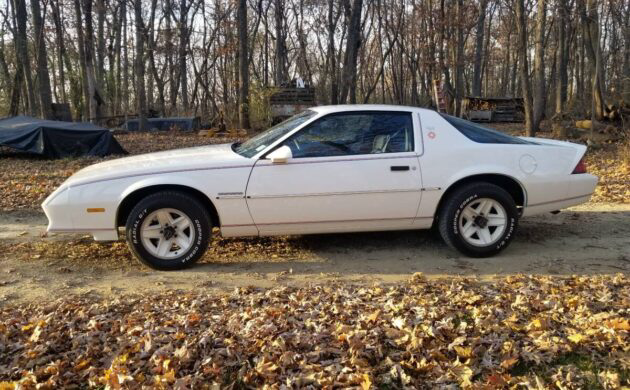


Seeing the performance numbers on cars of this era always makes me sad. Many manufacturers making many very good looking cars, I have to appreciate that, but every time I see the top speeds I’m reminded that my old Prius could do 115…
I owned one like this, talk about buyers regret, traded it in within a year for a 10 yr old Buick with a V8
Does anyone actually pay more for these types of
“Special Edition” cars?
Classy special edition Chevrolet.
Rare=nobody wanted it back then either.
For those of you who actually read my posts, you know I’ve posted before that I sold my 1975 Mercury Marquis for a brand new 1984 Chevrolet Camaro Berlinetta.
Should have kept the Marquis. The Camaro was a piece of junk, even brand new. It had the digital dash which apparently GM had not perfected yet. Also had a “lollipop” radio. The radio rarely worked. The dash had pods on each side of the steering wheel with push buttons for the lights and wipers. They were always messing up. I would put the wipers on and they wouldn’t shut off. That car was in the shop weekly for months. The service manager got tired of dealing with me and my car. I got him fired. That’s another story, but that brand new 1984 Camaro Berlinetta was my biggest automotive headache.
The mechanics were ok. Never really had a problem with the engine.
The other big problem I had was I did not drive the Camaro any differently from the land yacht Mercury Marquis or any Cadillac I had in the past. But I racked up speeding tickets weekly. I sped in the Marquis but never got a ticket.
So, don’t tell me Camaros are not targeted.
Pretty sure it’s the same for Mustangs and Challengers.
The Camaro was finally stolen. I worked in a very bad section of town.
I owned an 85 and put about 30,000 miles on it in 2 years when I was 18 and had none of the problems u had with urs. Maybe they sorted everything out in 84 for the 85 MY cars, who knows, but I do know that I’ve never seen another one in person since I traded it in on a 91 Beretta GT 3.1 5-Speed. The Beretta was way faster and made better noise but I’d take that old worn out Berlinerta back if I could.